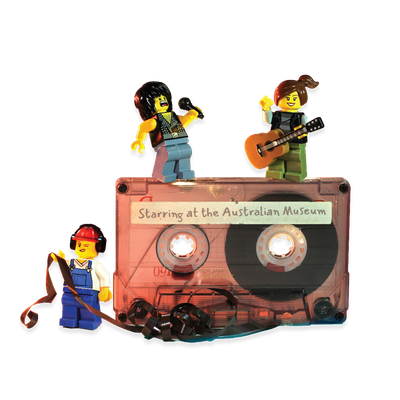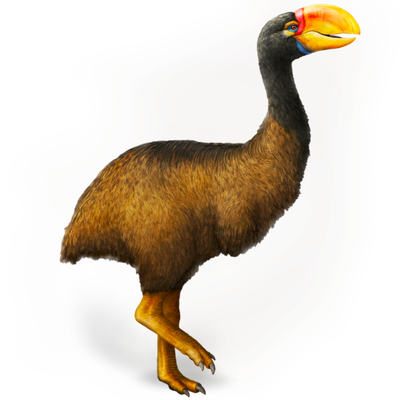Your search returned 109 results
By Page Type
By Tag
- All
- fish (966)
- blog (696)
- fishes of sydney harbour (401)
- First Nations (299)
- Blog (236)
- AMRI (169)
- archives (164)
- Eureka Prizes (146)
- Aboriginal and Torres Strait Islander (135)
- insect (126)
- Ichthyology (124)
- geoscience (109)
- minerals (102)
- climate change (100)
- podcast (94)
- Fish (91)
- Anthropology (89)
- International collections (80)
- Minerals Gallery (78)
- wildlife of sydney (78)
- Labridae (77)
- frog (74)
- gemstone (70)
- history (64)
- photography (64)
- Mollusca (60)
- gem (59)
- staff (59)
- Birds (56)
- Gems (56)
- Indonesia (56)
- education (56)
- shark (55)
- AMplify (54)
- people (53)
- earth sciences (50)
- past exhibitions (50)
- exhibition (49)
- Gobiidae (48)
- sustainability (46)
- Pomacentridae (45)
- Serranidae (44)
- lifelong learning (42)
- science (42)
- Earth and Environmental Science (41)
- Syngnathidae (41)
- Ancient Egypt (40)
- Bali (40)
- bird (40)
- dangerous australians (40)
-
Identifying gemstones
https://australian.museum/learn/minerals/gemstones/identifying-gemstones/Cut gemstones possess all the physical properties of the mineral from which they are cut, although the crystal shape is no longer evident.
-
Glossary of geoscience terms
https://australian.museum/learn/minerals/shaping-earth/glossary-geoscience-terms/Geoscience (also known as earth sciences and geology) is the study of the Earth and includes all non-living parts of our environment, and everything below the Earth's surface. Here are some common geoscience terms explained.
-
Building Materials
https://australian.museum/learn/minerals/geological-deposits/building-materials/Perhaps the most important geological deposits are those that we use for building purposes. These come from all geological environments.
-
Wave Rock
https://australian.museum/learn/australia-over-time/evolving-landscape/wave-rock/Wave Rock is in the wheat belt region of Western Australia, 350 km south-east of Perth.
-
The 'Barratta' Meteorite
https://australian.museum/learn/collections/natural-science/mineralogy/mineralogy-collection-the-barratta-meteorite/The story of the 'Barratta meteorite' has a rather uncertain beginning. One version claims that in 1859 a stockman witnessed spectacular light and sound effects at a place where pieces of the meteorite were later found.
-
A Rock from Cape Horn
https://australian.museum/learn/collections/natural-science/mineralogy/mineralogy-collection-a-rock-from-cape-horn/On 22 May 1826, two ships sailed from Plymouth, England on a major expedition to chart the southern coast of South America.
-
Chapman Minerals on the move once more
https://australian.museum/learn/news/blog/chapman-collection-move/After being on display for two decades at the AM, the Chapman Collection is about to embark on a journey to regional NSW. The Collection is home to hundreds of perfectly formed and beautiful crystals; delightful displays of light, colour and chemical diversity.
-
Water and sedimentary transport
https://australian.museum/learn/minerals/shaping-earth/water-and-sedimentary-processes/Water plays a vital role in most sedimentary processes. Pure water itself has little effect on rocks. It is the dissolved gases in water, particularly carbon dioxide, that cause the chemical decay of minerals and mineral dissolution.
-
Metamorphic rocks
https://australian.museum/learn/minerals/shaping-earth/metamorphic-rocks/Metamorphic rocks form because of changes in temperature and depth of burial within the Earth in a solid state without actual melting.
-
Discover more
2025 Australian Geographic Nature Photographer of the Year
Special exhibition
Free entry
Now open -
Discover more
Unfinished Business
Special exhibition
Free entry
Now open -
Find out more
Surviving Australia
Permanent exhibition
Free entry
Now open![]()
-
Find out more
Burra
Permanent kids learning space
Free entry
10am - 4.30pm![]()
-
Discover more
Minerals
Permanent exhibition
Free entry
Open daily![]()





